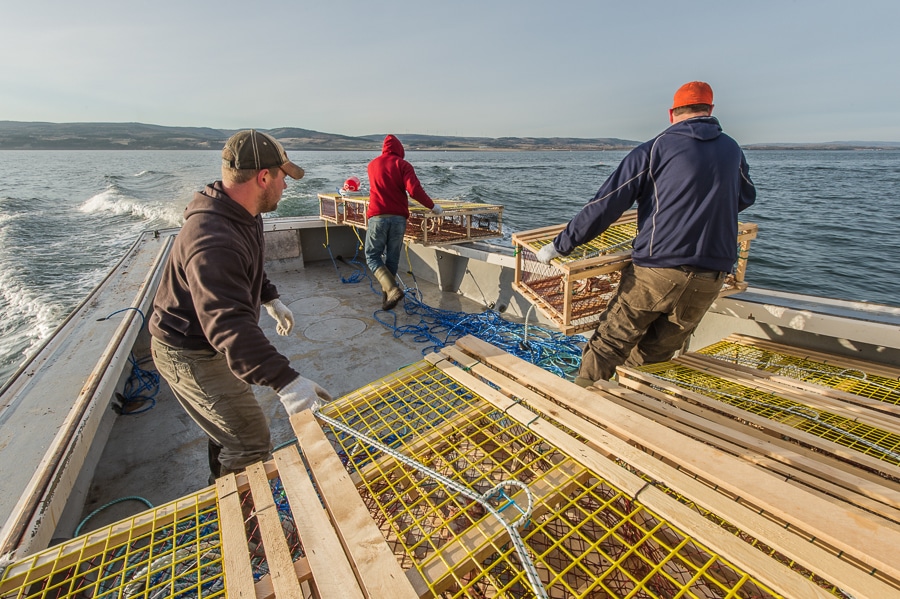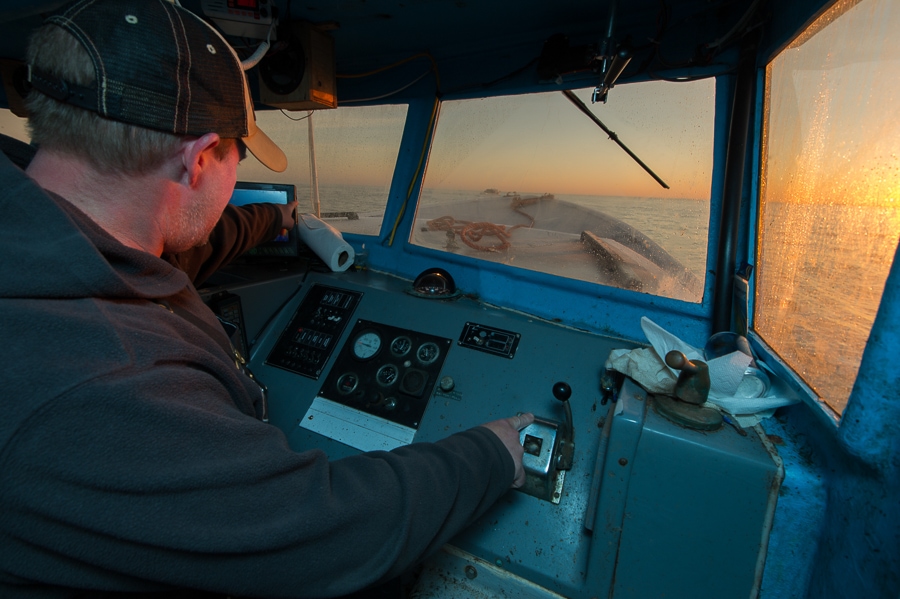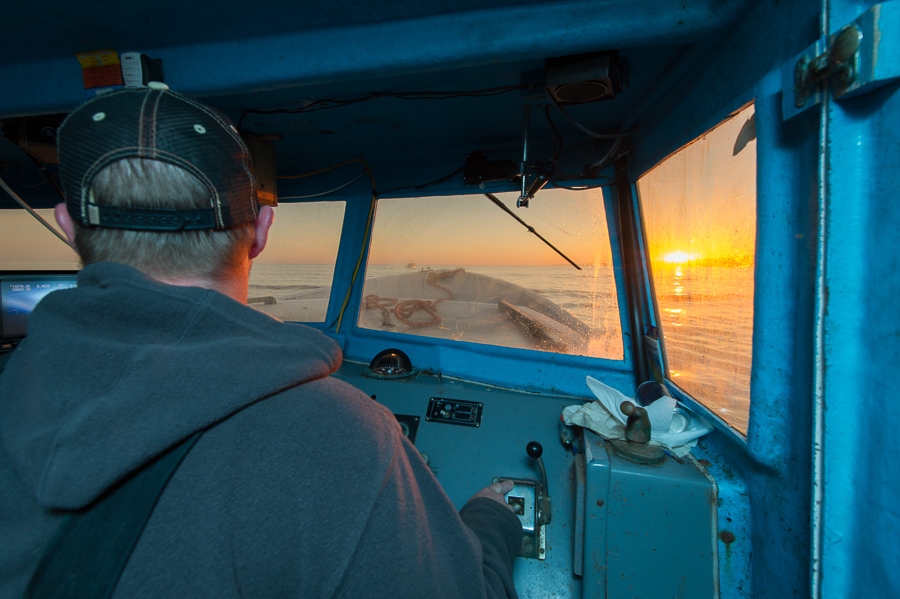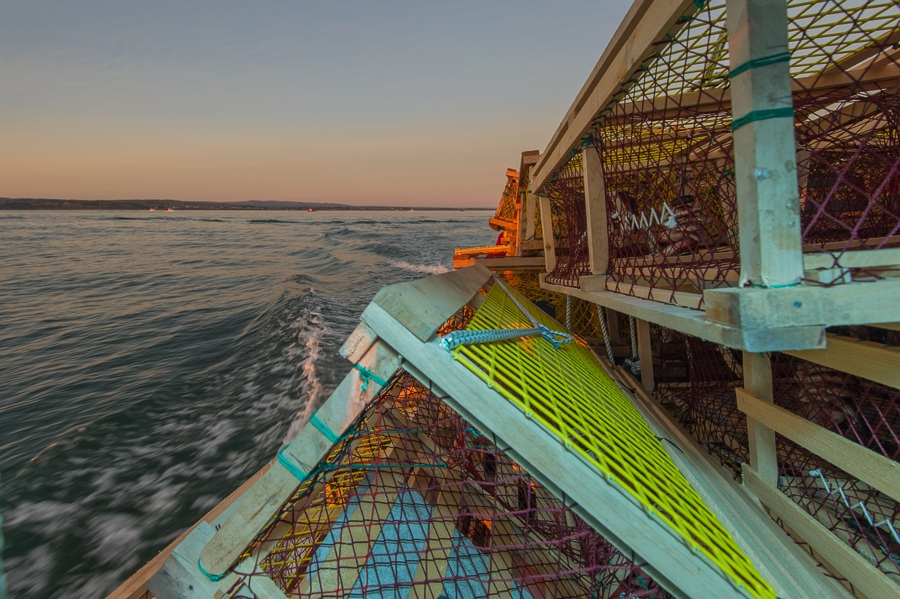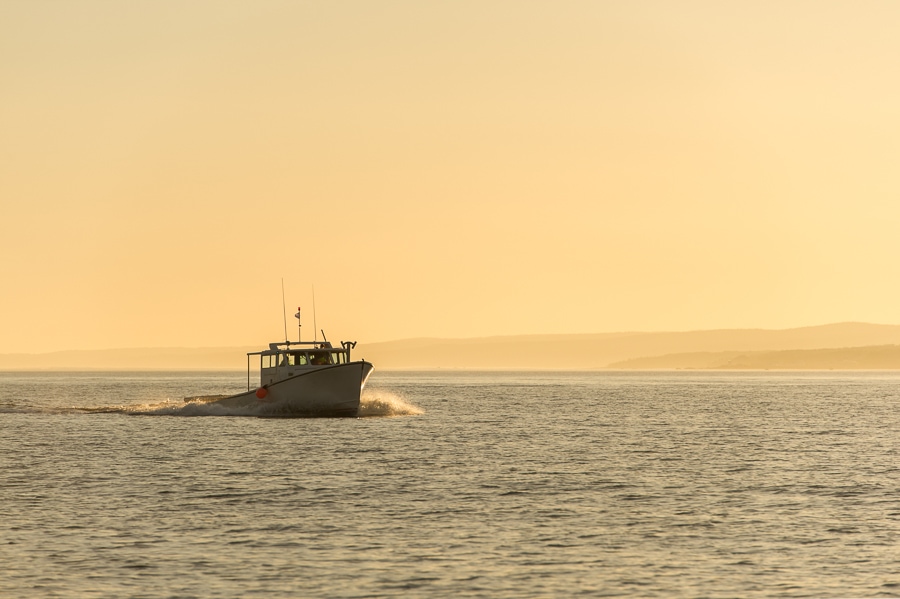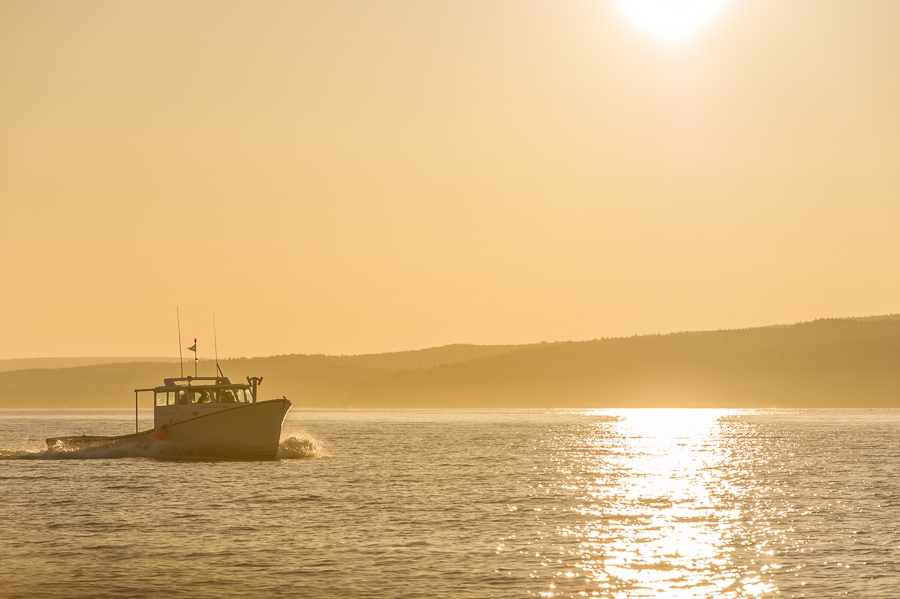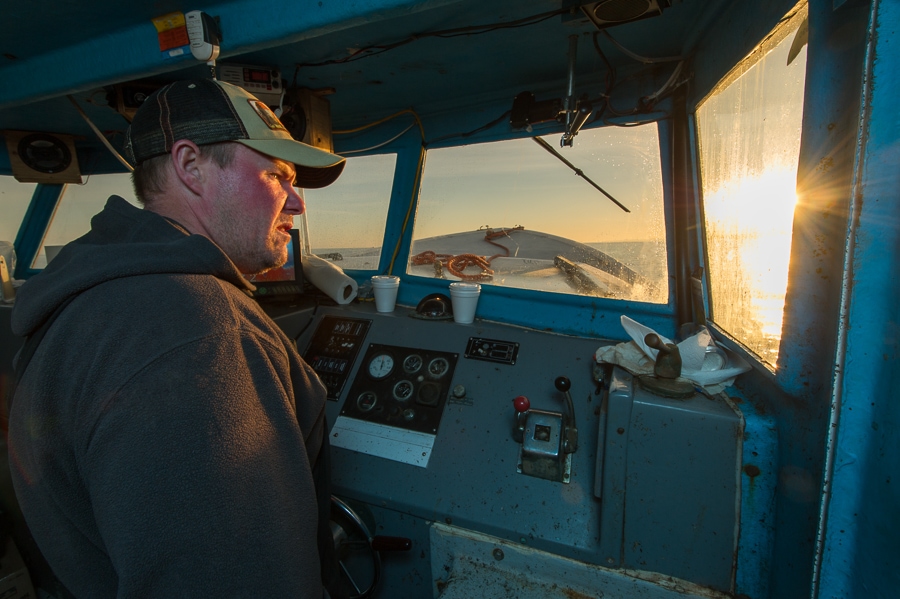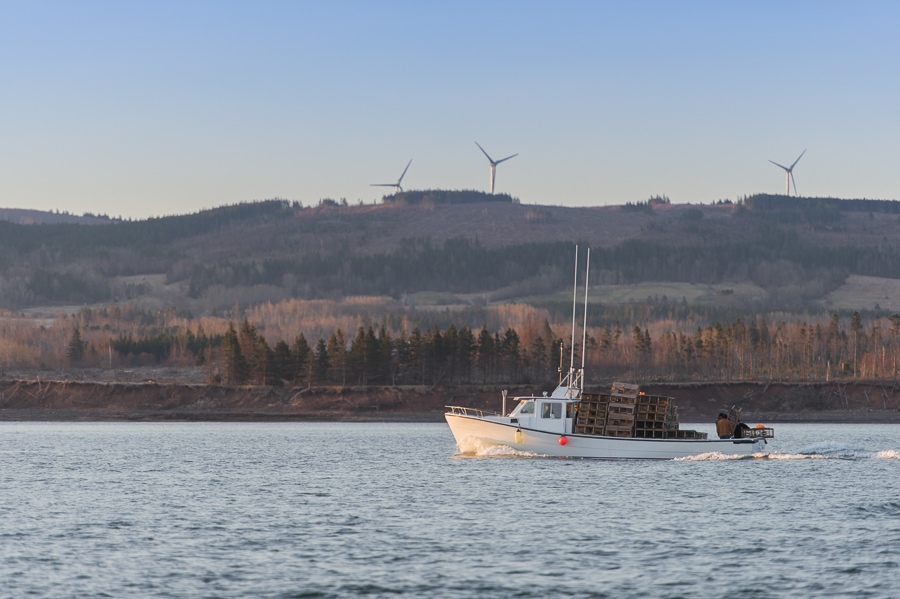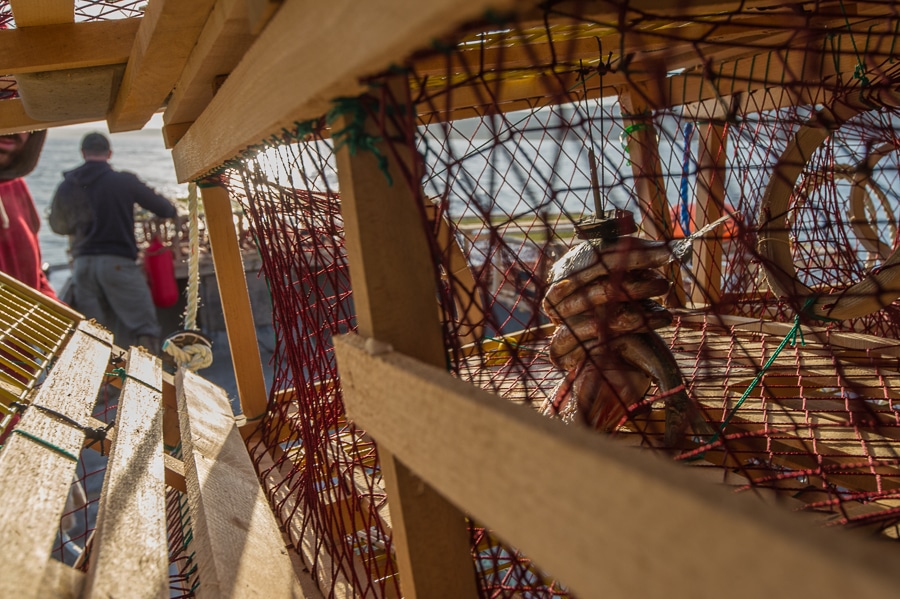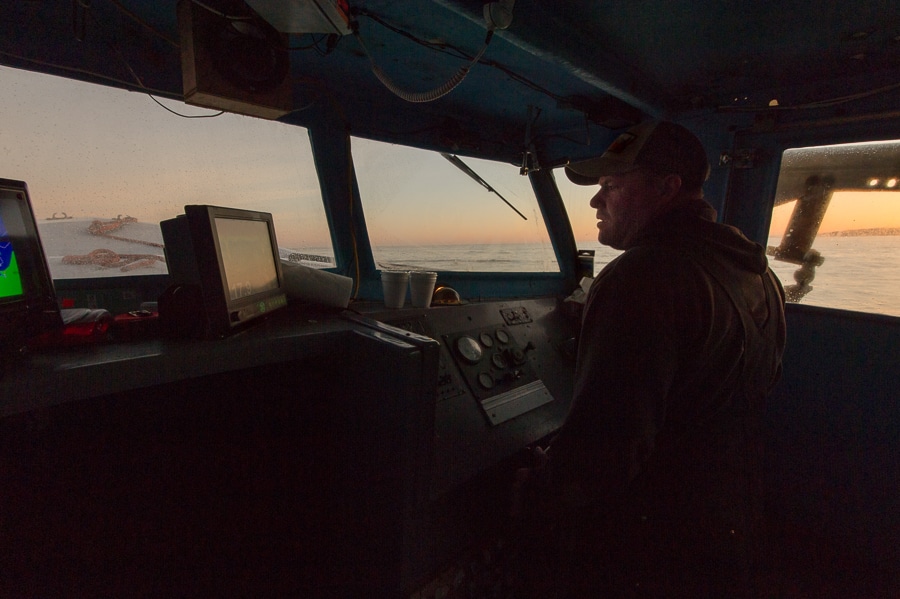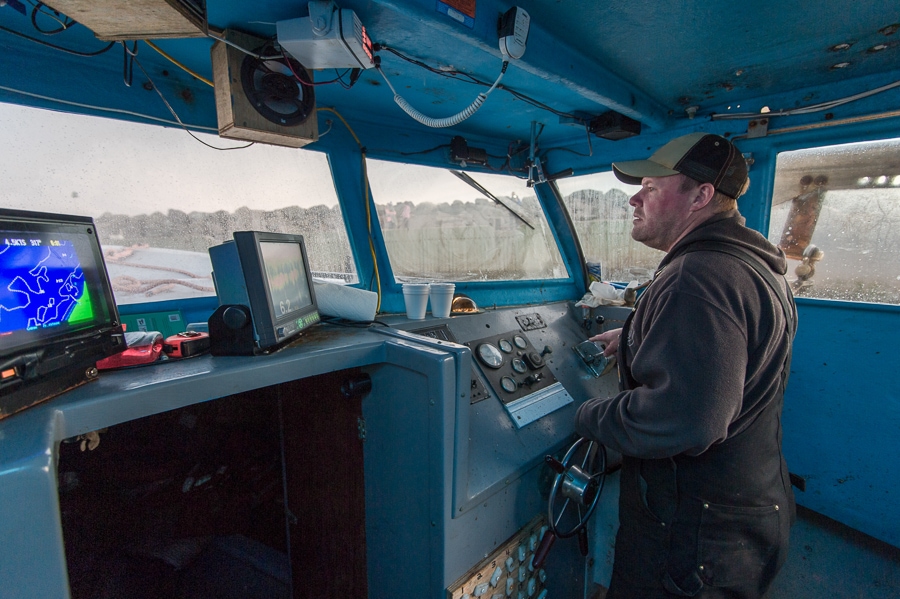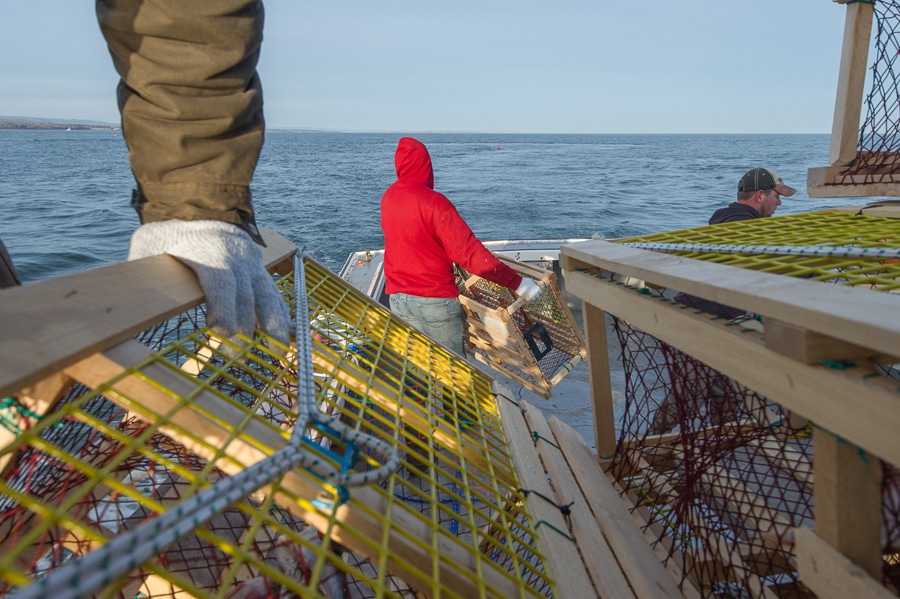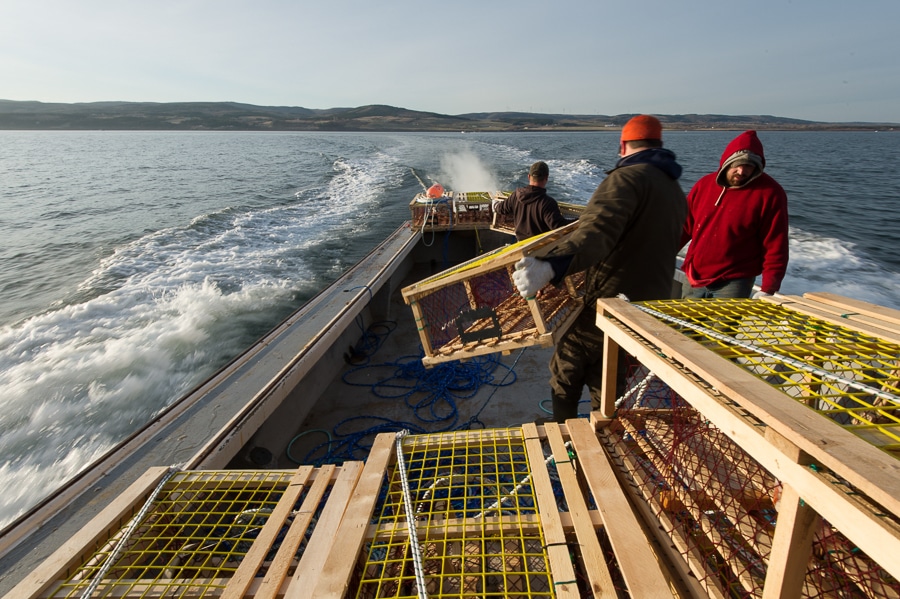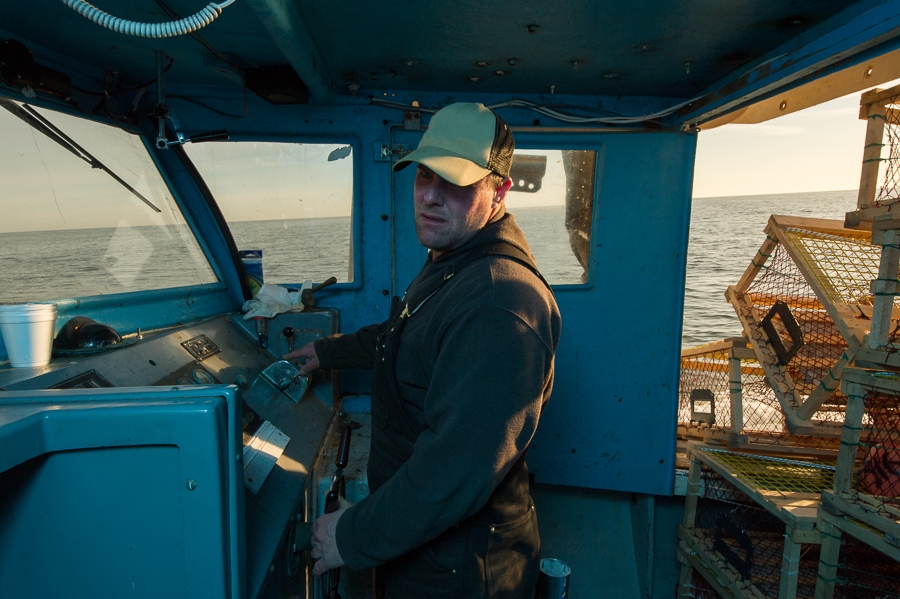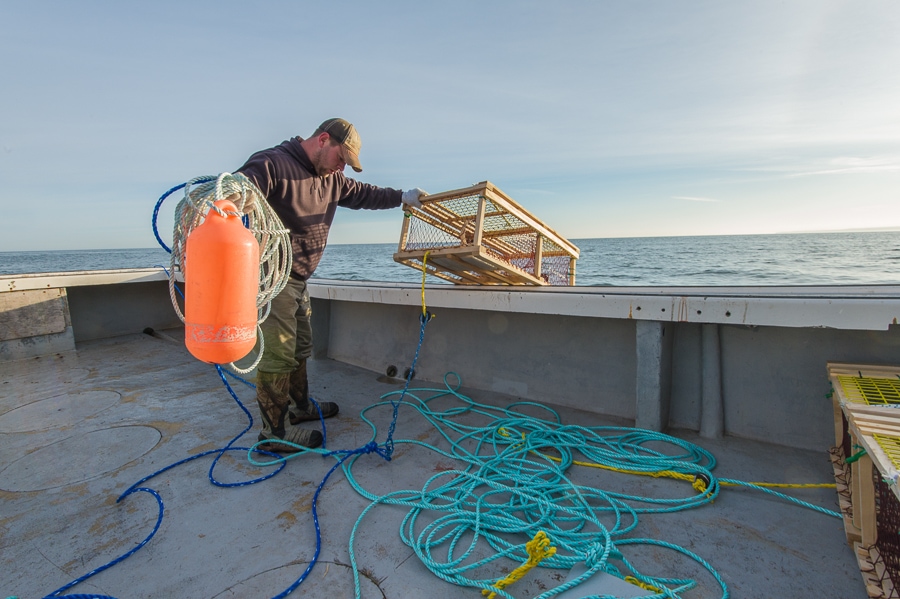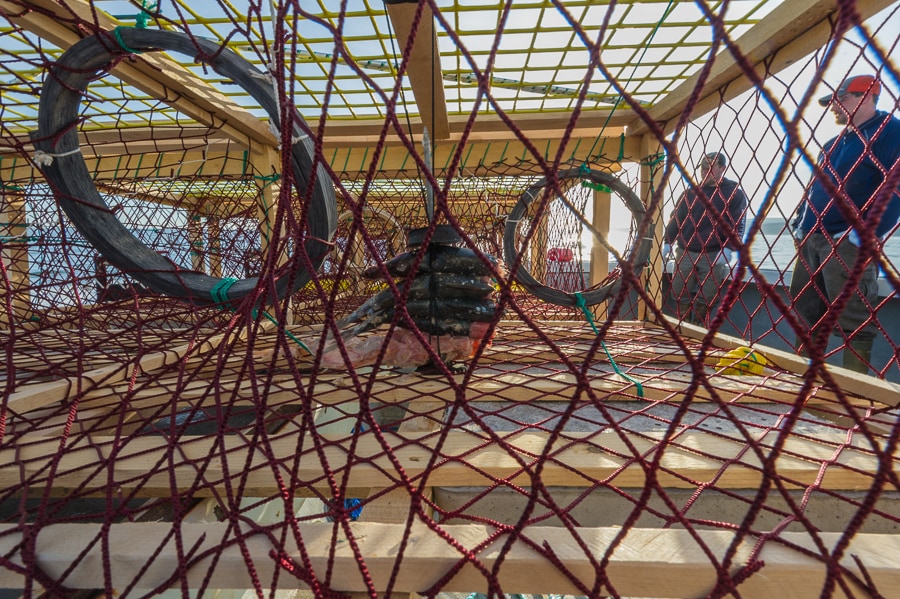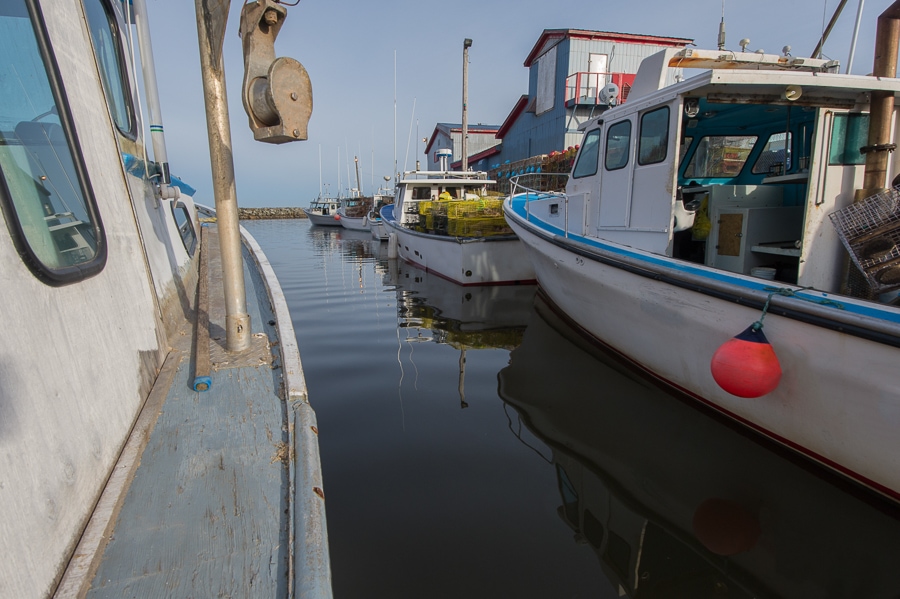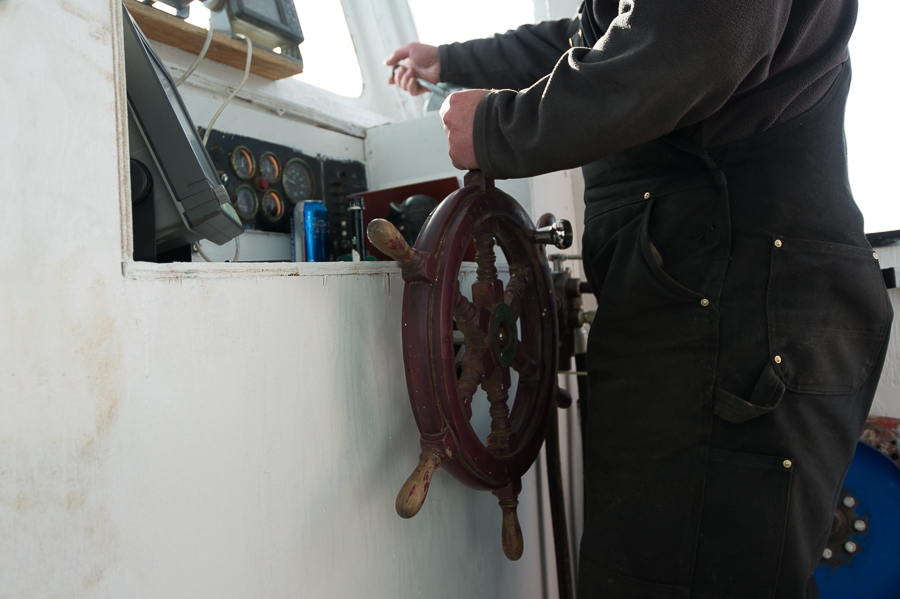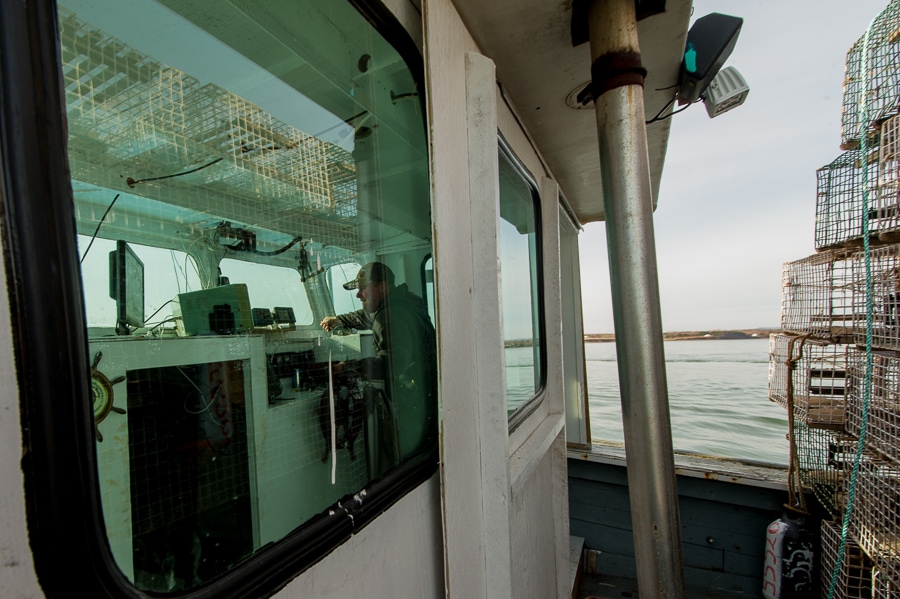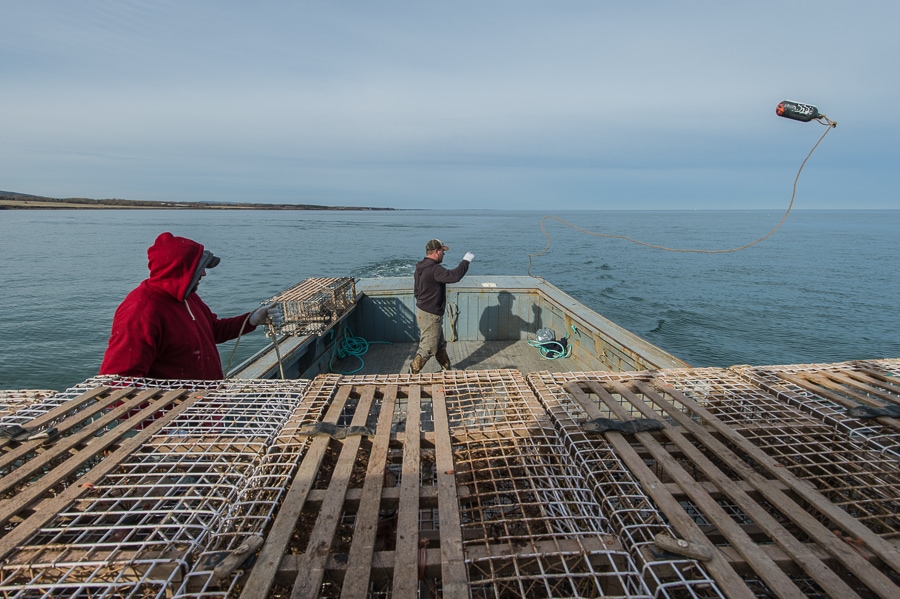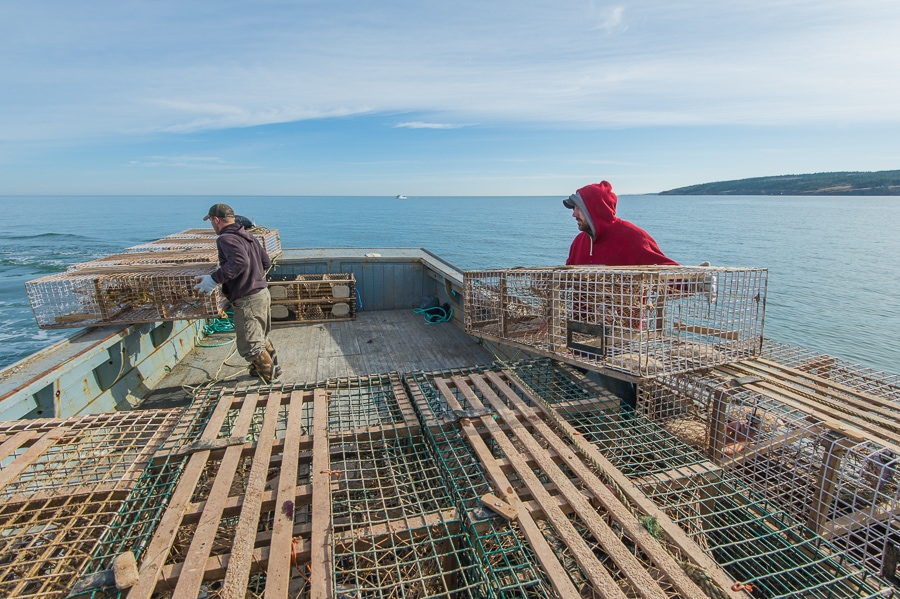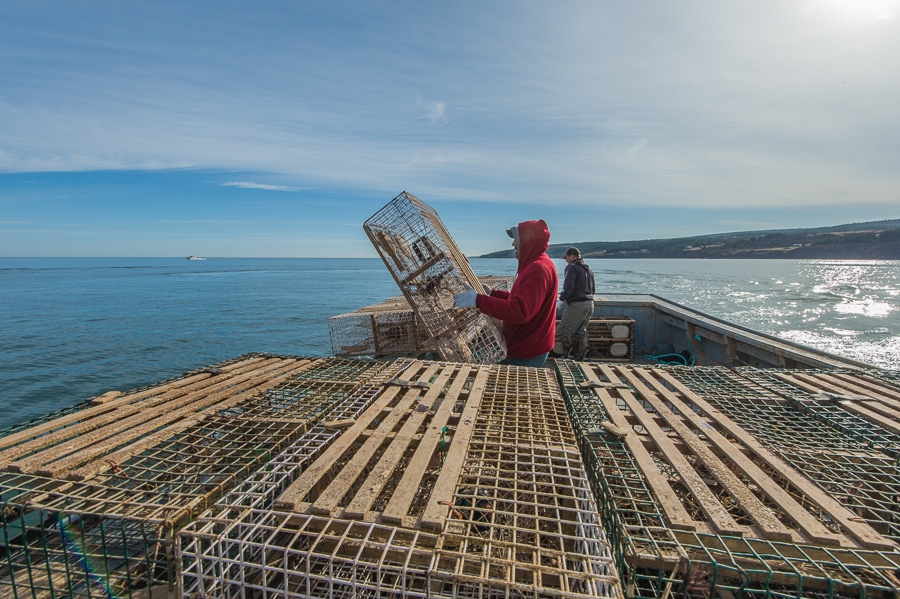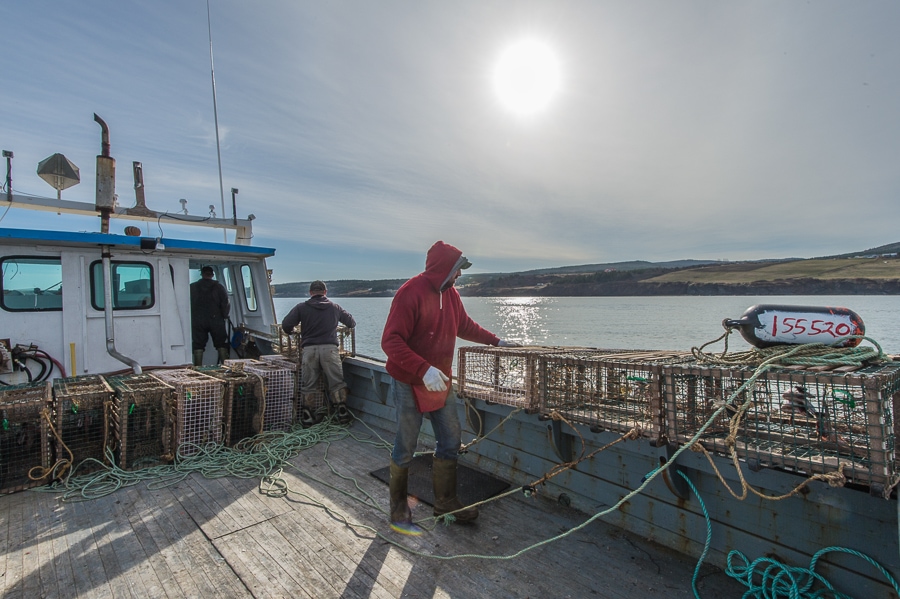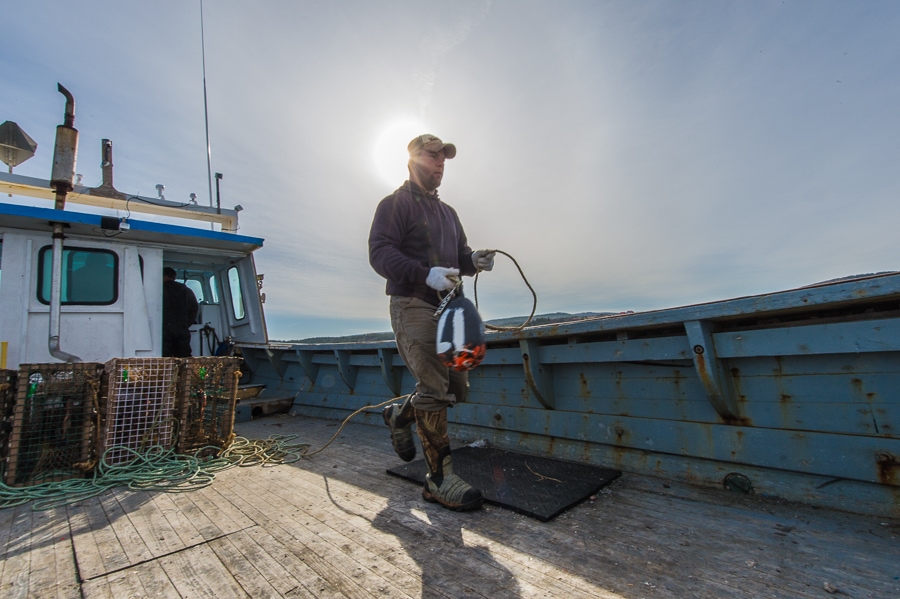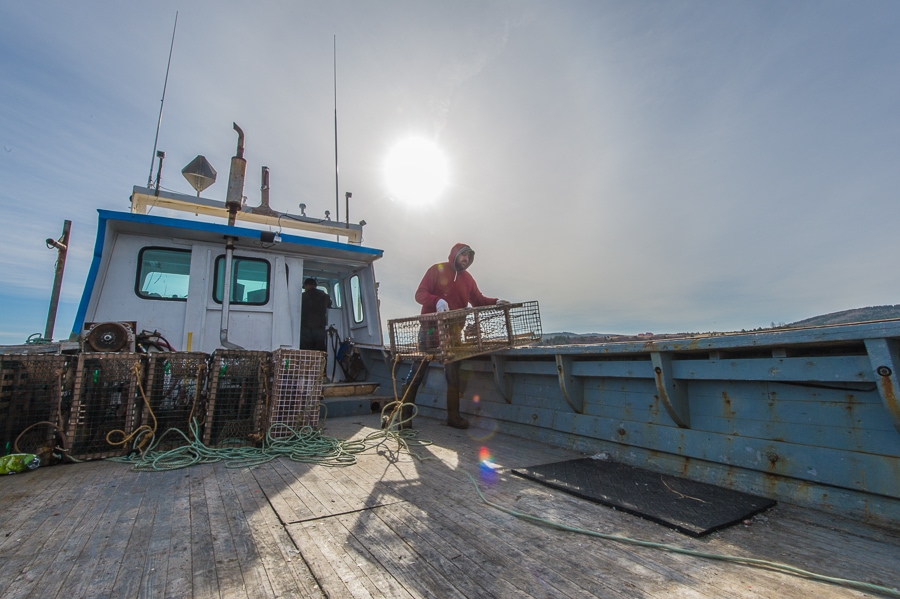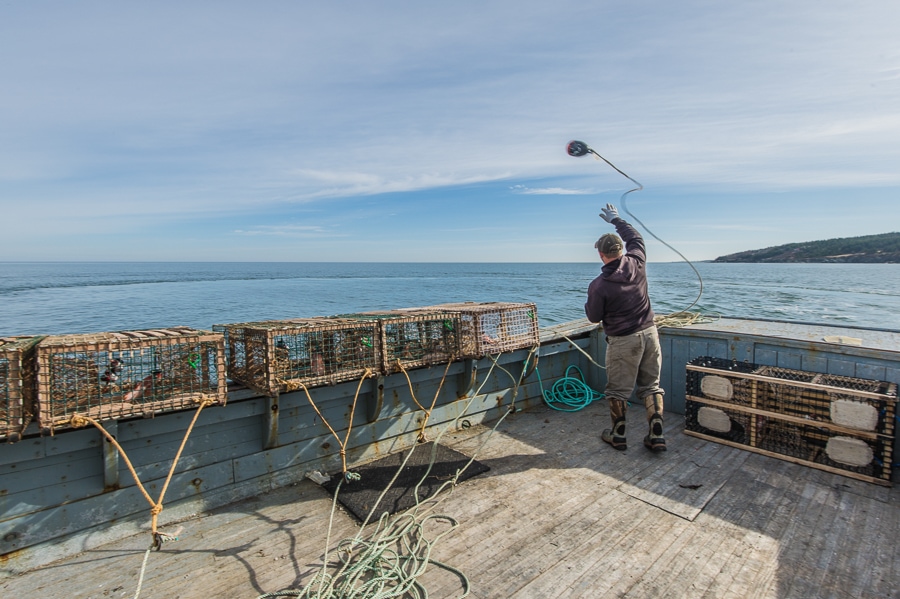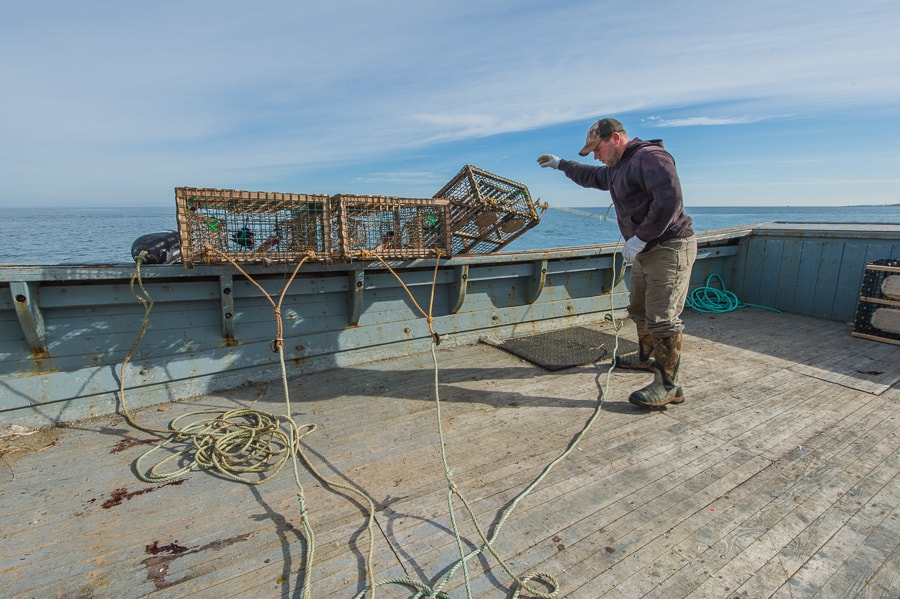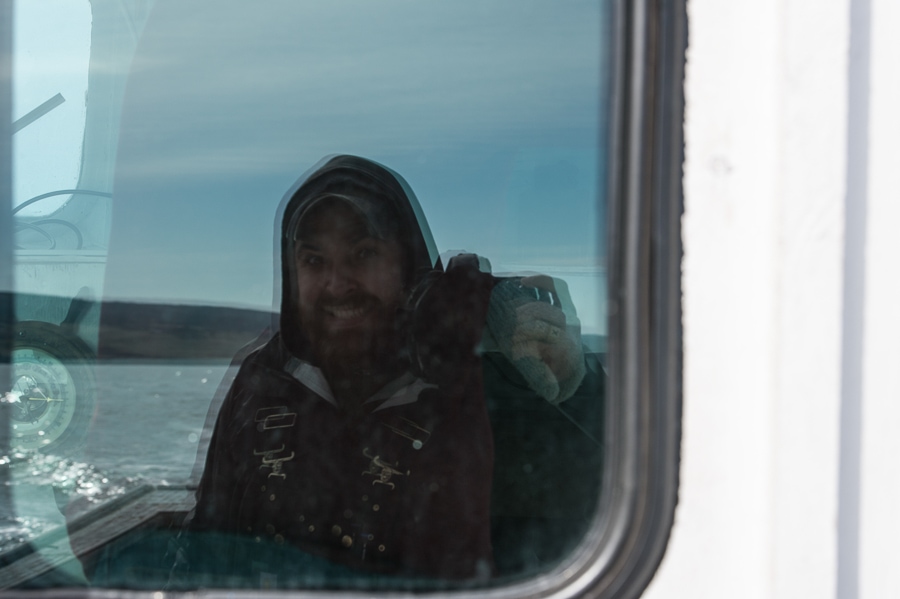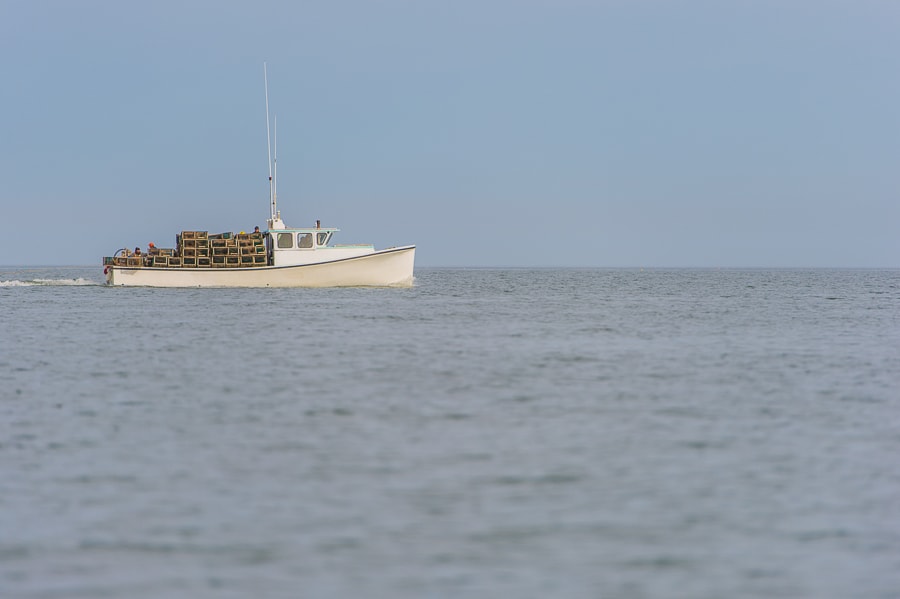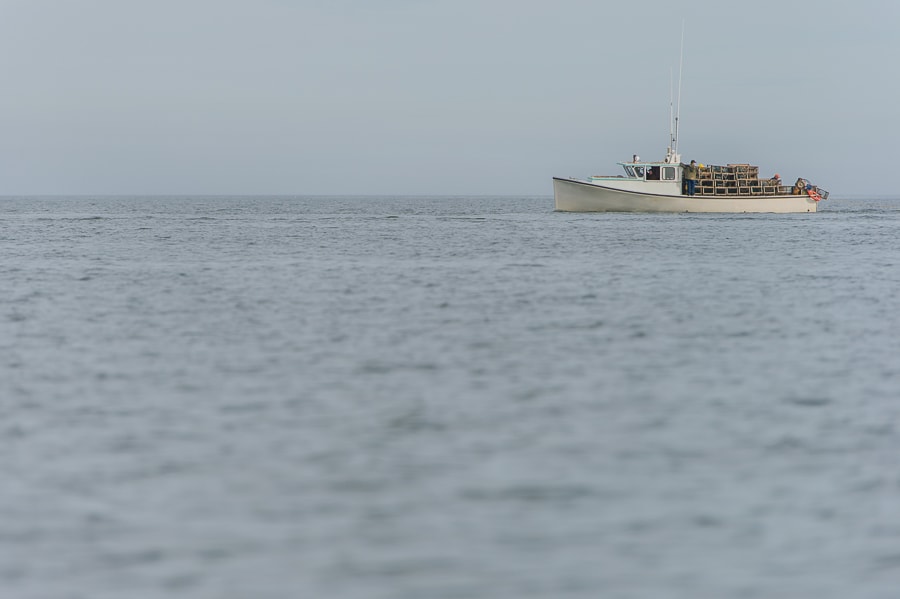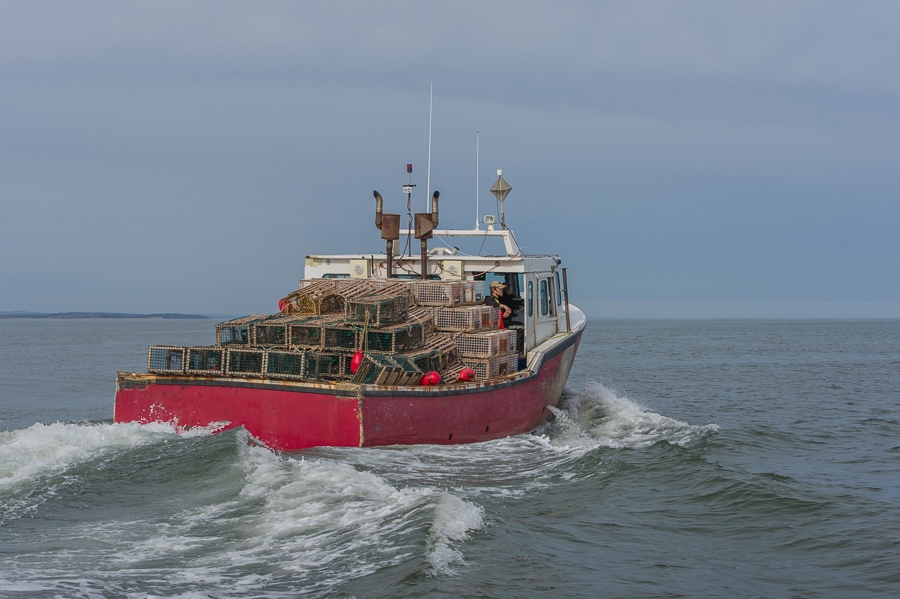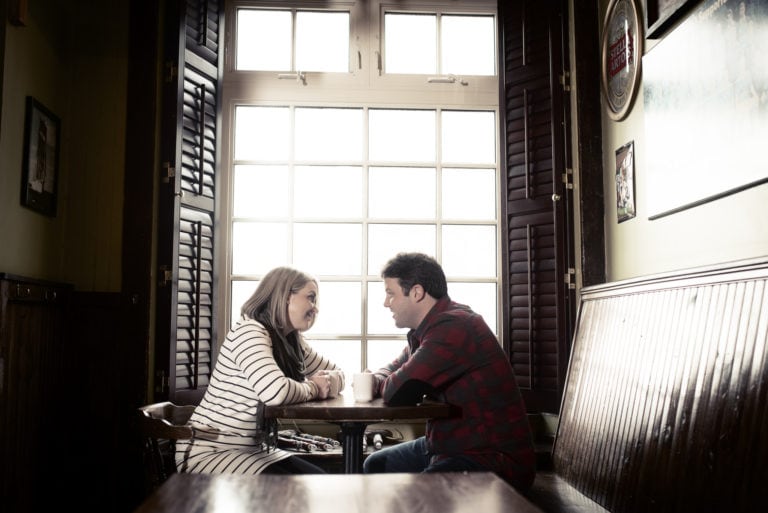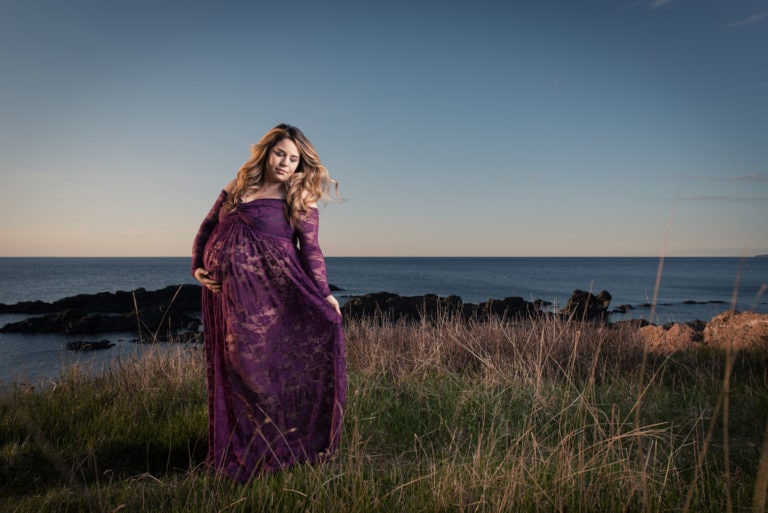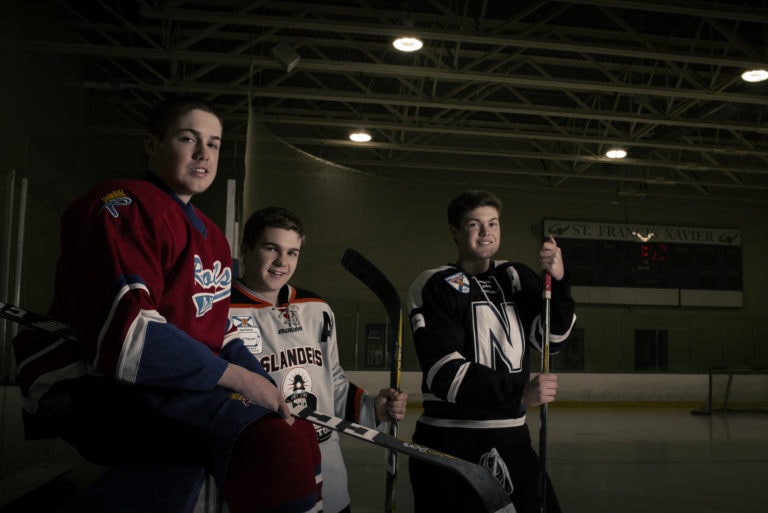My First Setting Day – Lobster Fishing In Lismore Nova Scotia
Taking photos on a lobster boat has been at the top of my bucket list since having arrived in Nova Scotia exactly a year ago today; and today, I have achieved that goal. After having rented in town (in Antigonish, Nova Scotia) for most of the last year we decided to rent a beautiful house across the road from Lismore Harbour in Pictou County. Lobster fishing is a big deal here in Lismore, as it is in several other Nova Scotia Communities. Yesterday, I had the humble goal of finding out when in the morning the boats were heading out so I could shoot them from the warf. Today was “Setting Day” (the first day that traps are allowed to be set). So, knowing that our next door neighbours were in a lobster way, I crossed the lawn at sunset and wrapped on the door to ask what a good time to head out was. Not so simple in friendly Lismore. I was pulled in for beer and stories and a crash course in lobster lingo and information. I’m not sure how much I retained, when after four hours I struggled to find my way back home (remember, I live next door 😉 ) with plans to meet my neighbour at 05:00 the next morning to head out on two runs to set traps on a lobster boat!!
05:00 found me with a crashing head full of excitement and anticipation. I had packed my gear the night before and was all set to go. Truck. Coffee. Warf. Boat.
The fellas on board were really great, showing me the ropes (literally) as they worked through the first morning of their eight week season. I learned that a lobster license can cost as much as $250k (yes, seriously!), that “window lobsters” are female lobsters that fall within a certain window of size where they need to be thrown back because they’re at an optimal breeding stage (for a sustainable industry). Boats caught with window lobsters are fined (really) heavily, and the illegal catch is sent to the Receiver Generals. I learned that the reason the blokes in my images are looking at their feet so often when dropping the traps, is because if one’s foot get tangled, they get pulled over board and sink with the trap. Or, like my neighbour a few years ago, get knocked overboard into the drink where ice flows moved out about a week ago. I had always wondered how the traps end right side up down there. It turns out they have concrete bases that cause them to sink the right way. There are six traps to a line, and the lines are market on on-board computers. Also on board are devices that measure the depth for setting traps (optimal depth being around 30 feet). One tries to set their traps on rocky slopes for two reasons. Firstly, rocky lobsters taste better (they’re made of less silt), and secondly that’s where they tend to hang out. The warmer the water is, the more the creatures tend to move about, increasing the likelihood of them wandering into a trap. The traps are baited with a mix of fish which are generally broken in two to make them more pungent. The bait for one boat, generally costs around $350, but is a tax deductible expense.
That’s about all I remember for now. I look forward to heading out again before the season ends to get images of the traps being brought back up again. I hope you enjoy the images and please, feel free to share them around. As the sun sets on Setting Day, Happy May Day.
